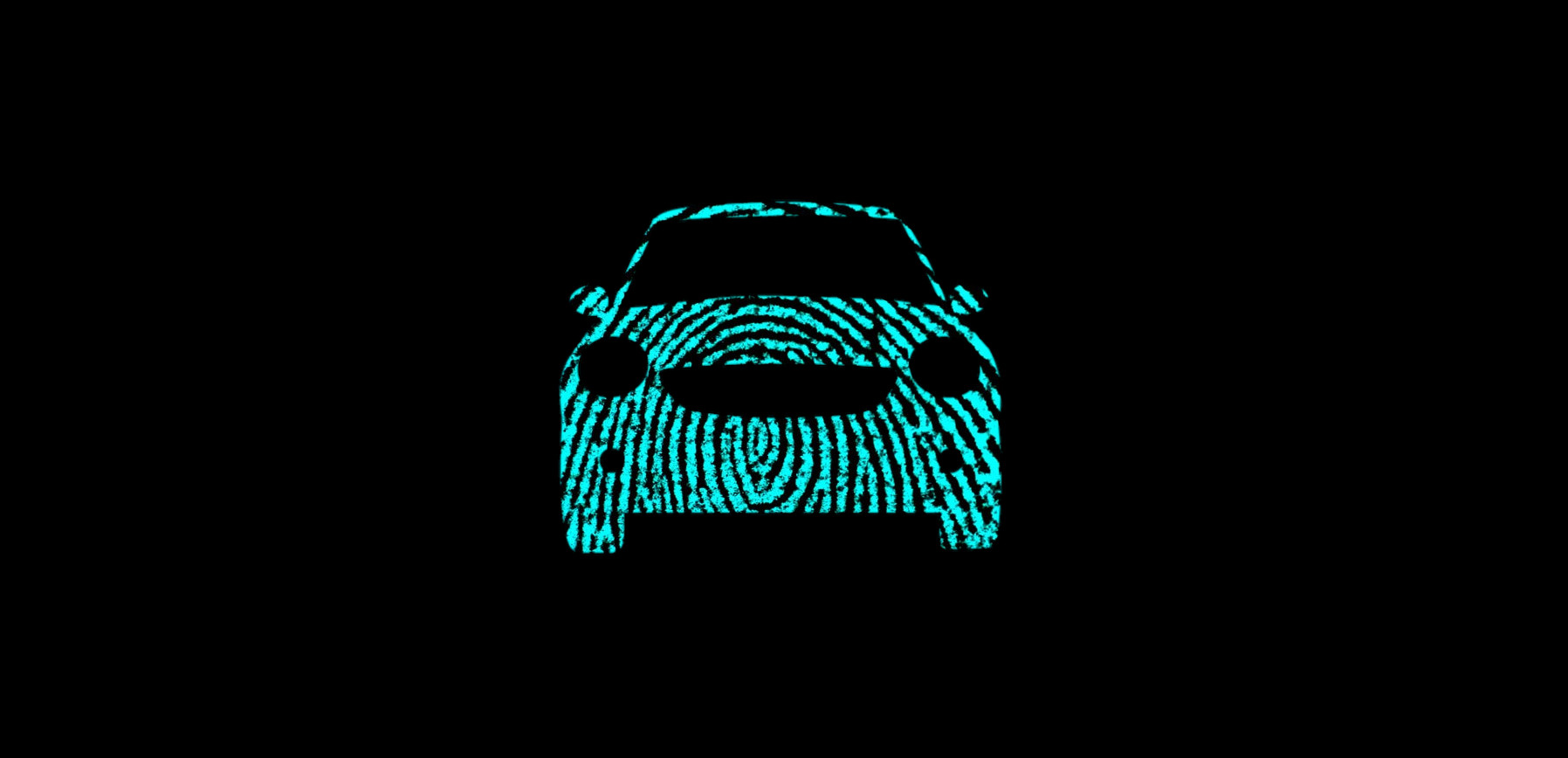Napjainkban az információs technológiák kiemelkedően fontos szerepet töltenek be mindannyiunk életében. Mind a munkánk, mind a magánéletünk során folyamatos érintkezésben vagyunk digitális szolgáltatásokkal, kezdve a pénzügyeinktől a társkeresésen át a magánbeszélgetéseinkig. Ezek és hasonló szolgáltatások használata során ugyanakkor digitális lábnyomokat hagyunk magunk után, amik komoly adatvédelmi kockázatot is jelenthetnek. A bizalmasan megosztott véleményünk ugyanolyan érzékeny adat, mint a pénzügyi helyzetünk és a szexuális hovatartozásunk, emiatt elengedhetetlen az adataink megfelelő védelme.
Európában a személyes jellegű adatokat törvények védik, amik például azok explicit megosztását is korlátozzák. Ilyen az Általános adatvédelmi rendelet (GDPR), vagy a Digitális szolgáltatások jogszabály (DSA) is. Ennek ellenére rendszeresen történnek adatszivárgások, amiket külső támadók és belső hibák egyaránt okoznak. Látható tehát, hogy pusztán a jogi védelem nem elégséges, és kiegészítő megoldások használata nélkülözhetetlen. Ilyen például a PET (Privacy Enhancing Technologies), ami olyan eljárásokat foglal magában, melyek célja, hogy megvédjék az adatokat a jogosulatlan hozzáféréstől.
Ebben a cikkben a gépi tanulás adatvédelmi kockázataira fókuszálunk, és számos támadás ismertetése mellett bemutatjuk az egyik legelterjedtebb és leghatásosabb védekezési PET mechanizmust, az úgynevezett differenciális adatvédelmet.
Continue reading Differenciális Adatvédelem


